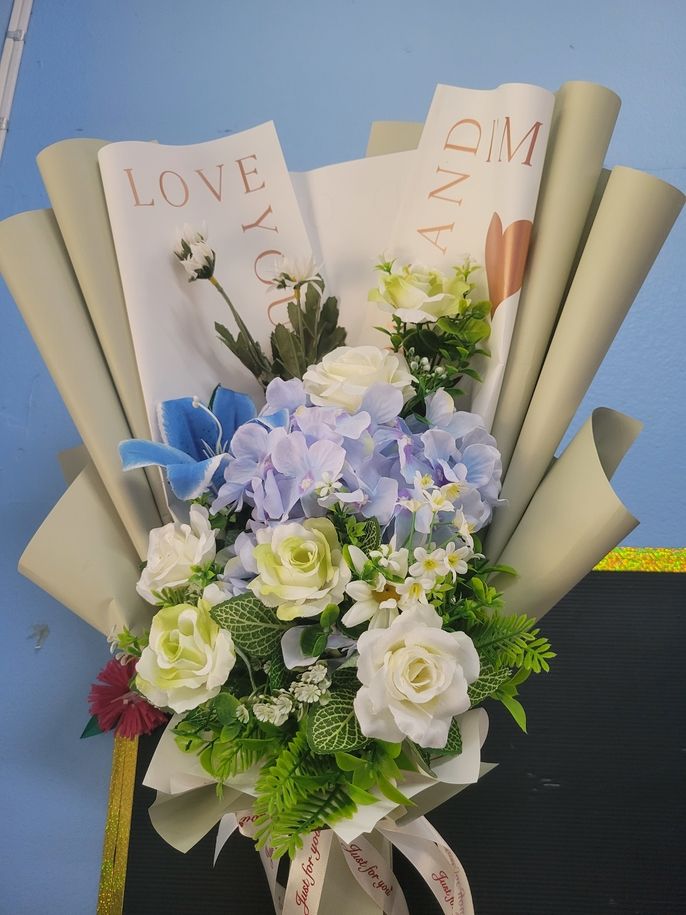Embracing Differences: A Glimpse into Thai School Culture vs. the US
Education is a cornerstone of society, yet its practices vary widely across different cultures. One such contrast can be seen between Thailand and the United States, where the daily rituals, academic calendar, and student-teacher dynamics diverge significantly. Here are several intriguing differences in Thai school culture that I've observed during my time teaching here, in contrast to the US.
1. Classroom Dynamics:
In Thailand, classrooms typically operate with students remaining in the same room throughout the day while teachers rotate between classes. This setup contrasts sharply with the US, where students move from one classroom to another for different subjects. This system in Thailand fosters a sense of stability and familiarity within each classroom environment.
2. Academic Calendar:
While in the US, the school year traditionally begins in August or September, Thai schools commence their academic year in May. This earlier start aligns with Thailand's climate and cultural calendar, where May marks the end of the hot season and the beginning of the rainy season.
3. Respectful Gestures:
Thai students demonstrate respect towards their teachers through cultural gestures. At the start and end of each class, it's customary for students to stand and greet the teacher respectfully, and to bid farewell in a similar manner. This practice emphasizes reverence and acknowledges the authority of educators in shaping their learning journey. My students usually greet me by saying "Good morning/afternoon teacher" and at the end of class stand and say, "Thank you teacher".
4. Calendar Format:
Thailand follows the Buddhist calendar, which is 543 years ahead of the Gregorian calendar used in the US. Therefore, students in Thailand often write the year as 2567 instead of 2024, reflecting the cultural and religious influences on everyday life, including education.
5. Ceremonial Traditions:
At the beginning of each semester, Thai schools often hold ceremonies to welcome new teachers. These ceremonies serve not only as formal introductions but also as opportunities to instill a sense of community and respect among faculty and students alike. The picture of the beautiful paper flower bouquet is the gift I received at my ceremony.
6. Responsibility for Classroom Maintenance:
Unlike in the US, where custodial staff typically handle classroom upkeep, Thai students are responsible for cleaning their classrooms at the end of each day. This practice teaches students valuable lessons in accountability, respect for shared spaces, and cooperation.
7. Demonstrating Respect on Campus:
On school campuses in Thailand, it's common for students to bow and make way for teachers when passing them in the corridors or on campus grounds. This practice underscores the hierarchical respect embedded in Thai culture and reinforces the role of educators as authority figures.
8. Breaks Between Semesters:
Thai schools observe a month-long break between each semester, offering students and teachers ample time to rest, recharge, and pursue extracurricular activities. In contrast, US schools typically have shorter breaks interspersed throughout the academic year, such as summer and winter breaks.
Embracing Diversity in Education
These differences between Thai and US school cultures highlight the richness of global educational practices. While each approach has its merits and reflects the unique values of its respective culture, both systems ultimately strive towards the same goal: nurturing future generations and preparing them for the challenges of tomorrow.
By understanding and appreciating these diverse educational practices, we can gain deeper insights into the values and priorities of different societies. Whether it's through daily rituals, academic calendars, or student-teacher dynamics, these variations remind us of the universal importance of education in shaping the minds and futures of young learners worldwide.
Related Posts

Teaching in Thailand: Expecting the Unexpected and Redefining Productivity
One of the most magical (and, at times, frustrating) things about being an English teacher in Thailand is how chaotic and spontaneous everything is. Before I arrived, I had so... keep reading
Unexpected Things I Wish I Knew Before Moving to Thailand: The Ultimate Guide to Living in Thailand
I'm sure you've read enough big-picture descriptions of daily life as an American expat living in Thailand. Now, indulge in some of the quirks and seemingly small idiosyncrasies that define daily life here, based on my personal experience living right outside of Bangkok.

A Day in My Life Teaching Kindergarten
Before moving overseas, one question that constantly circled my mind was: What will my everyday life look like? I had lots of ideas, but I quickly realized it's impossible to... keep reading

